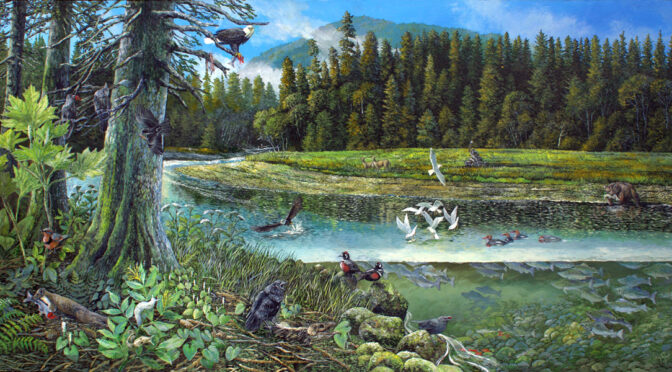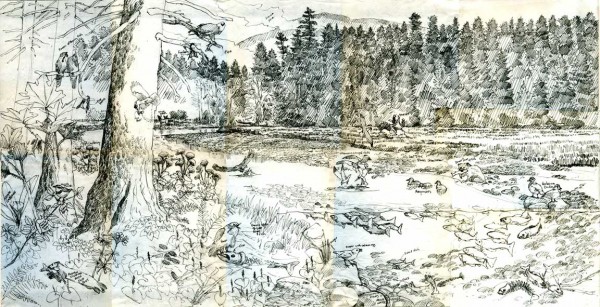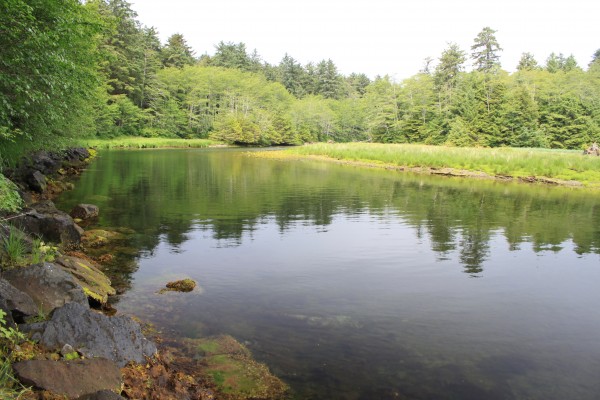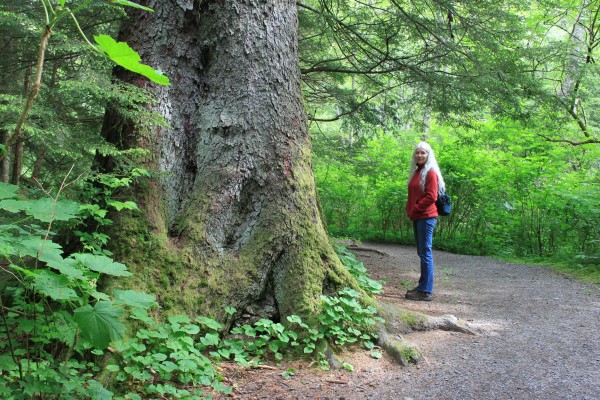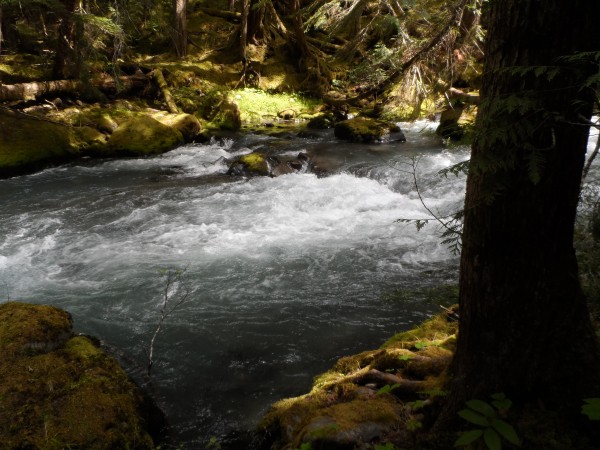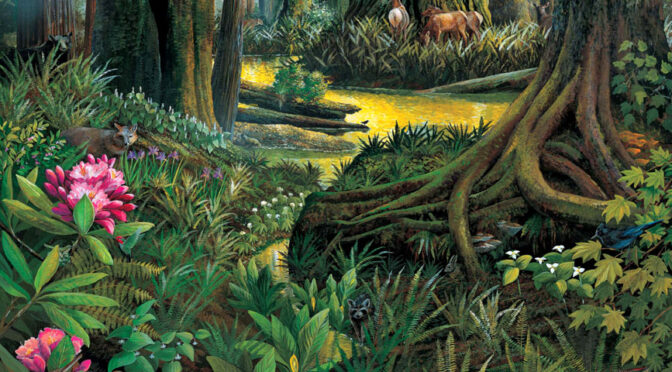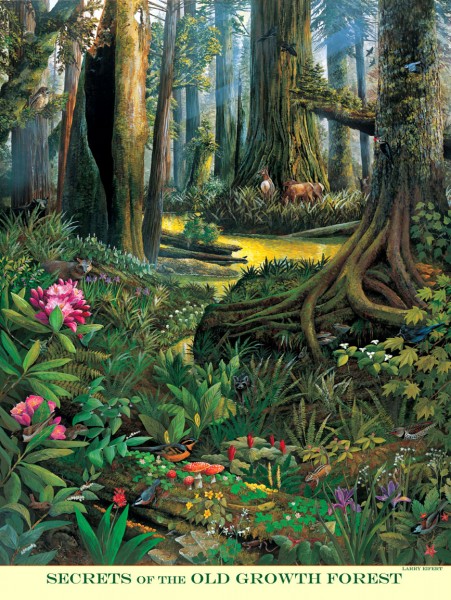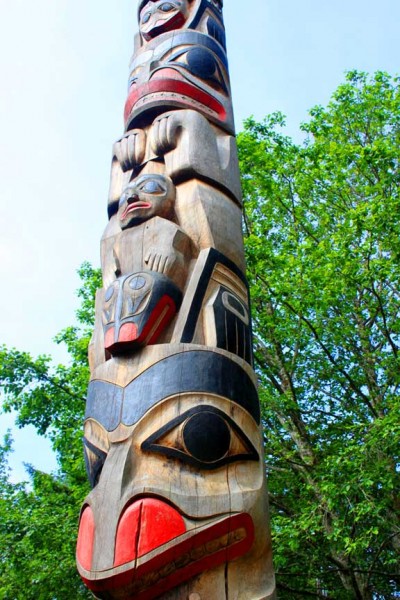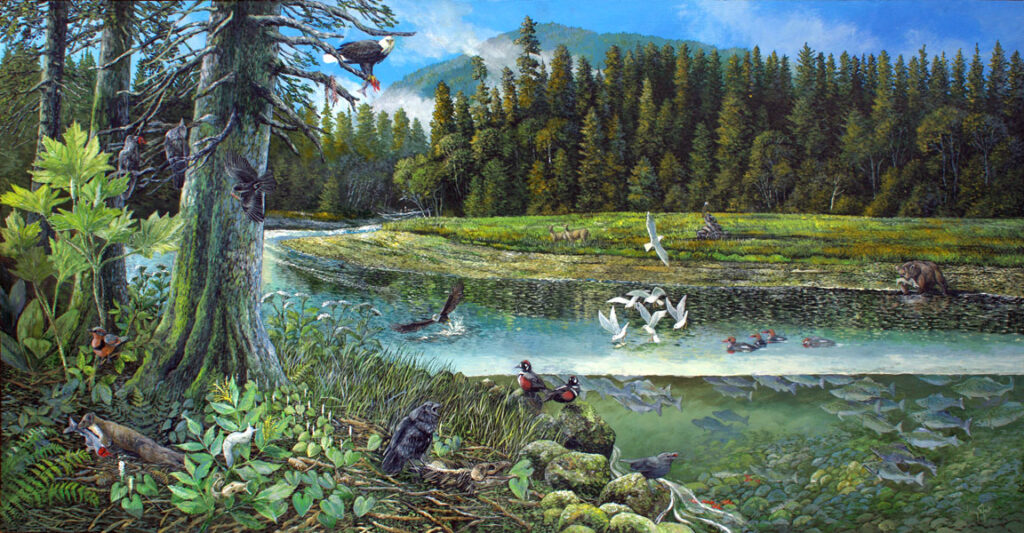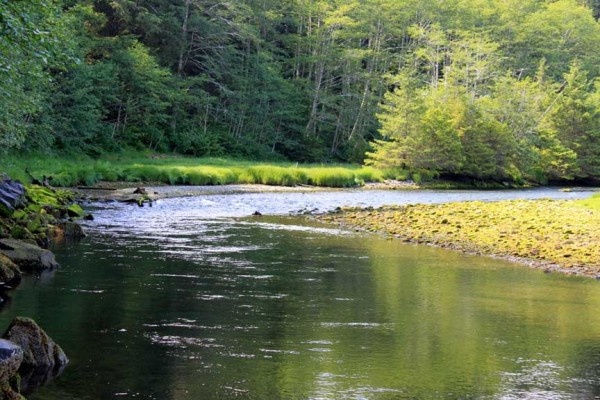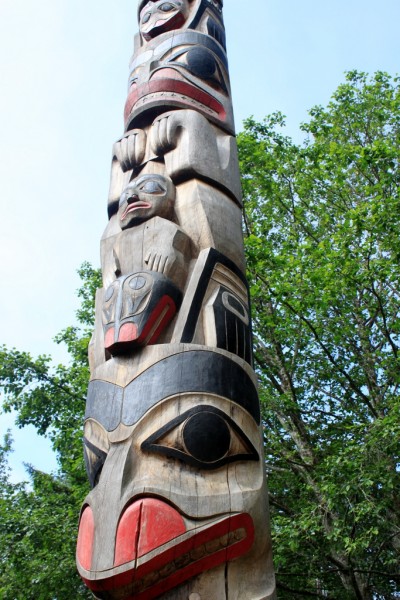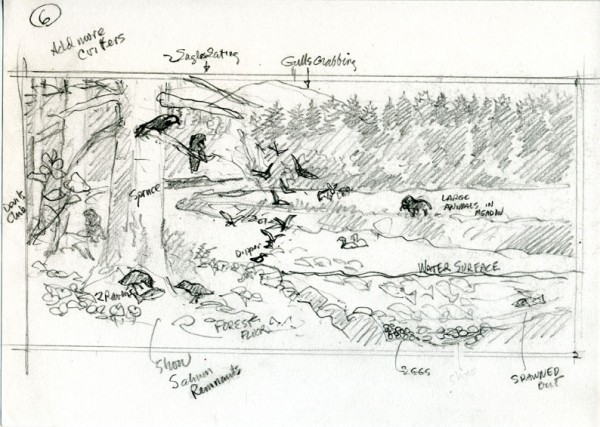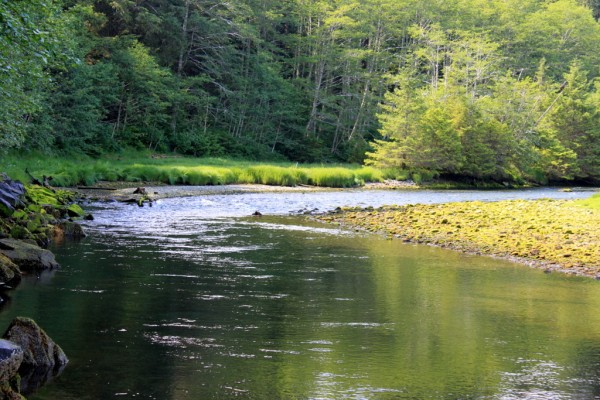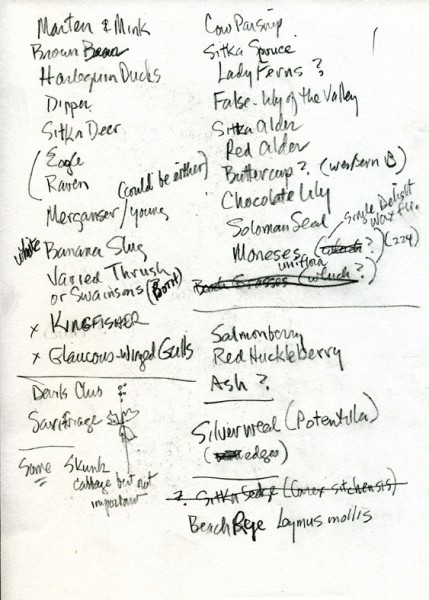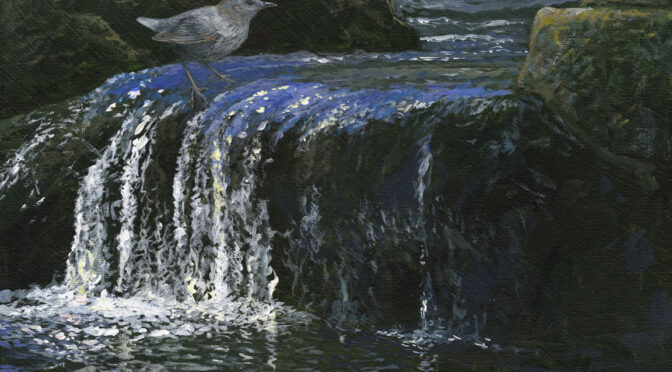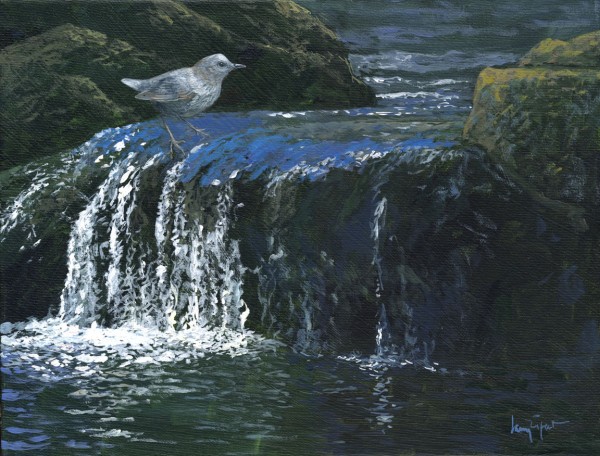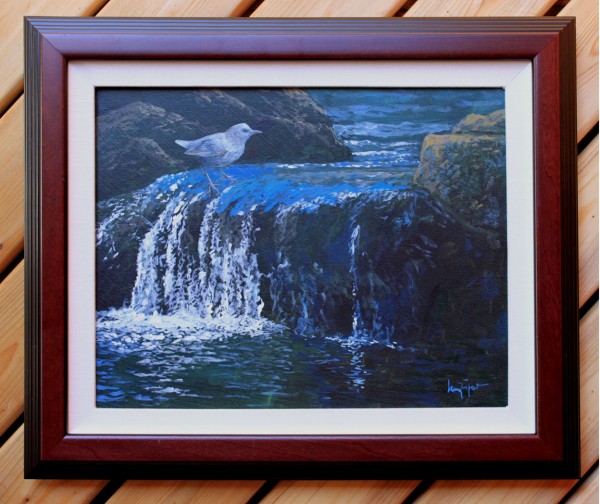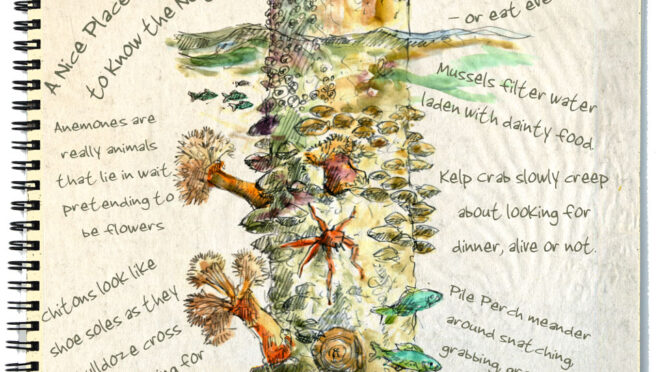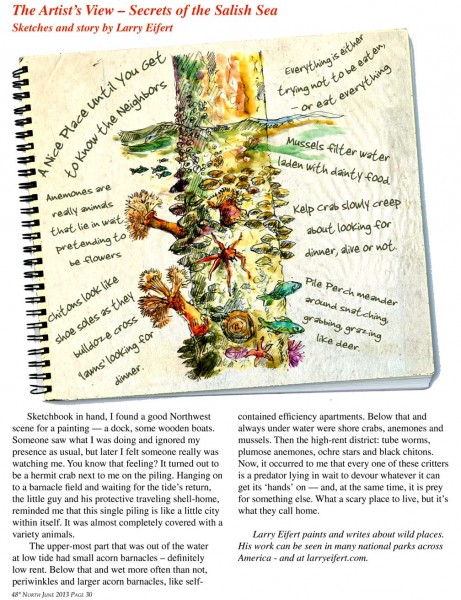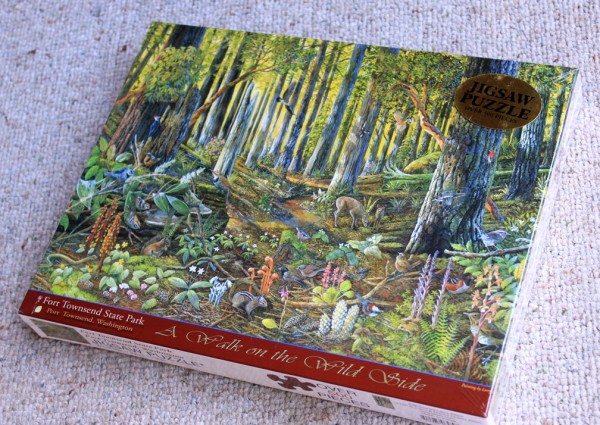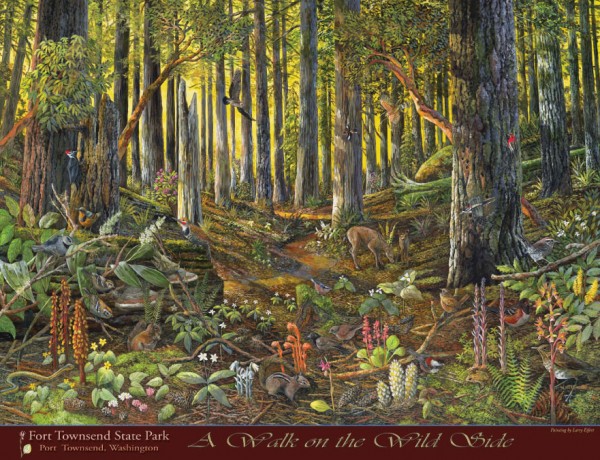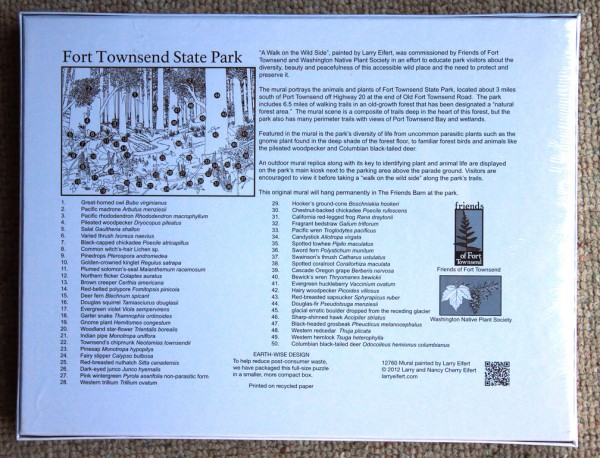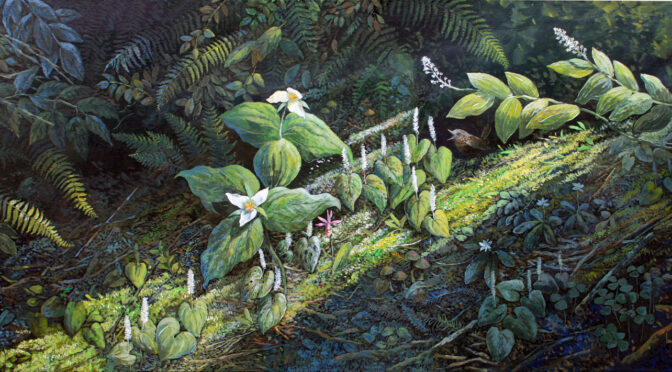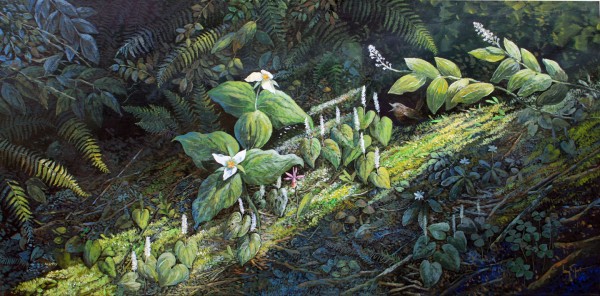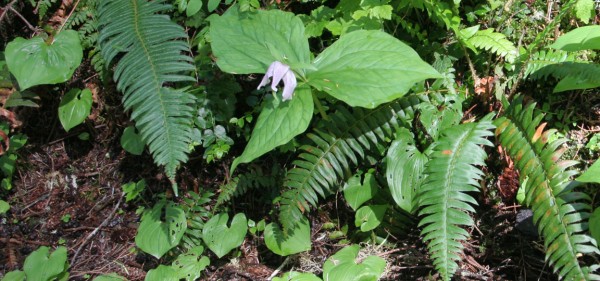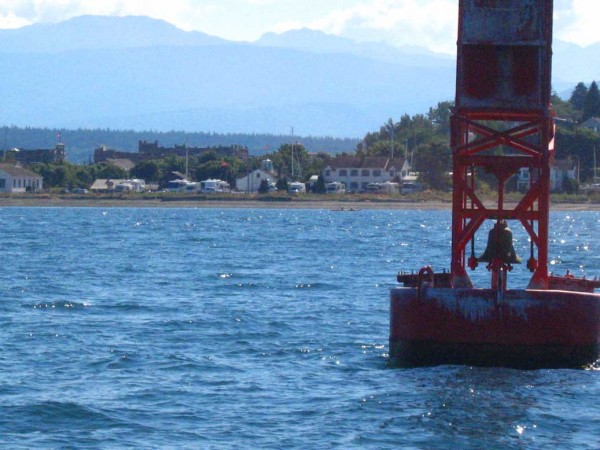Here’s my sketch for the biggest of six paintings for Sitka National Historical Park. I’m now awaiting approval or change requests to begin painting – oh boy. I loaded a big 16″ version of this on the web, so just click the drawing to see it.
There are some areas that still need figuring out. The right side needs defining better, harlequin ducks are too big, the upper left (spruce forest). The overall concept is probably Okay, but I won’t know until the National Park Service releases comments (which they’re very good at).
And here’s one of my reference photos of the location to show how I arrived at the sketch. This is the story I’m trying to tell: pink or humpy salmon come into the Indian River to spawn and then die. Bears, eagles, ravens, martens and more come in to get the fish; some are dragged or flown off into the forest to be eaten – and the remains leach into the soil feeding the trees. It’s some of the only nitrogen these trees get, and a healthy forest is needed to feed and shelter the new eggs after they hatch and young (alevin) as they grow. It’s a story only recently discovered. I had a tough time with the rocks on the left, which were obviously placed there to keep the bank from eroding, but they’re not natural, and in fact are not healthy for young fish. In the end, I added a few.
And here’s the ‘Subject Sitka Spruce’ within 100 feet of the other photo, with devils club on the left, false Soloman-seal on the ground and Nancy (the real subject of interest to me) to add a size-scale. These were taken on our field trip there last month.
This painting will eventually become an interpretive exhibit placed right here, and an entire generation of people to see and learn about the Indian River’s salmon. It will outlast me, I’m sure.
Thanks for reading this week.
Larry Eifert
Here’s the blog on the web. And here’s my Facebook fan page. I post lots of other stuff there.
Click here to go to our main website – with jigsaw puzzles, prints, interpretive portfolios and lots of other stuff.
Nancy’s web portfolio of beautiful photographs
And Click here to go to Virginia Eifert’s website. Her books are now becoming available as Amazon Kindle books.
